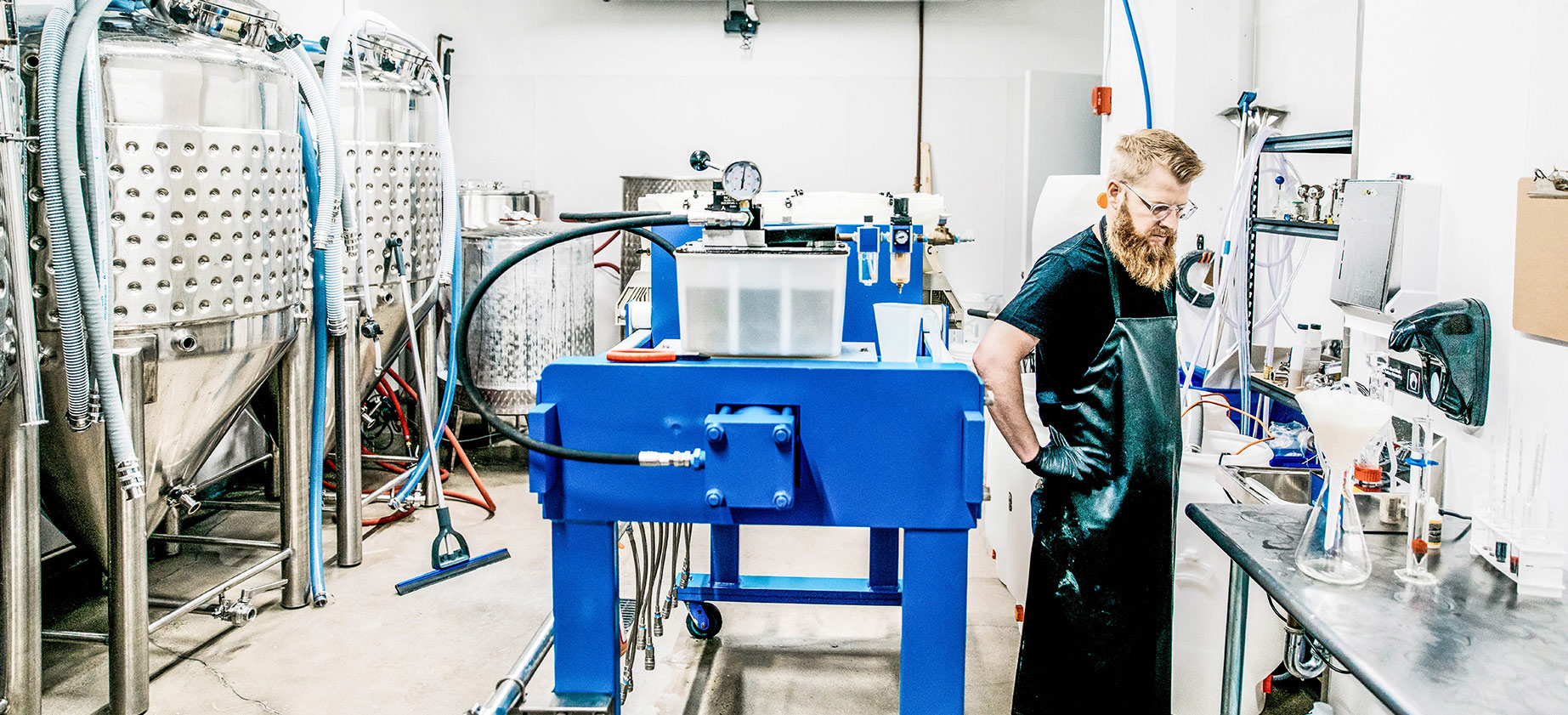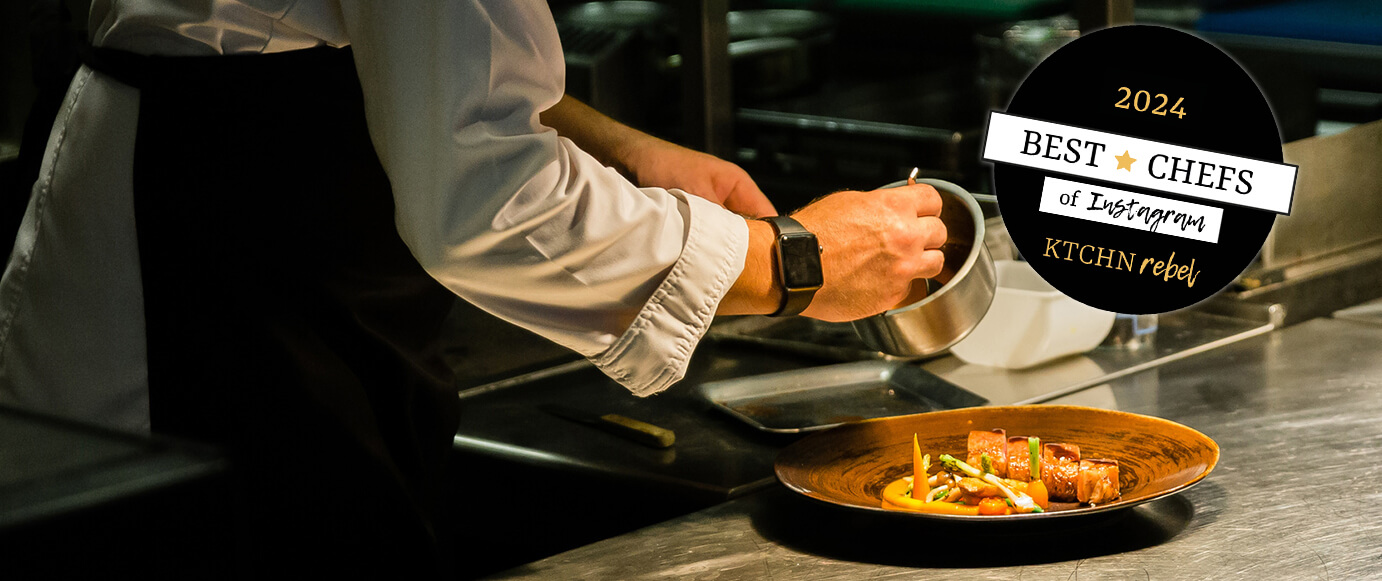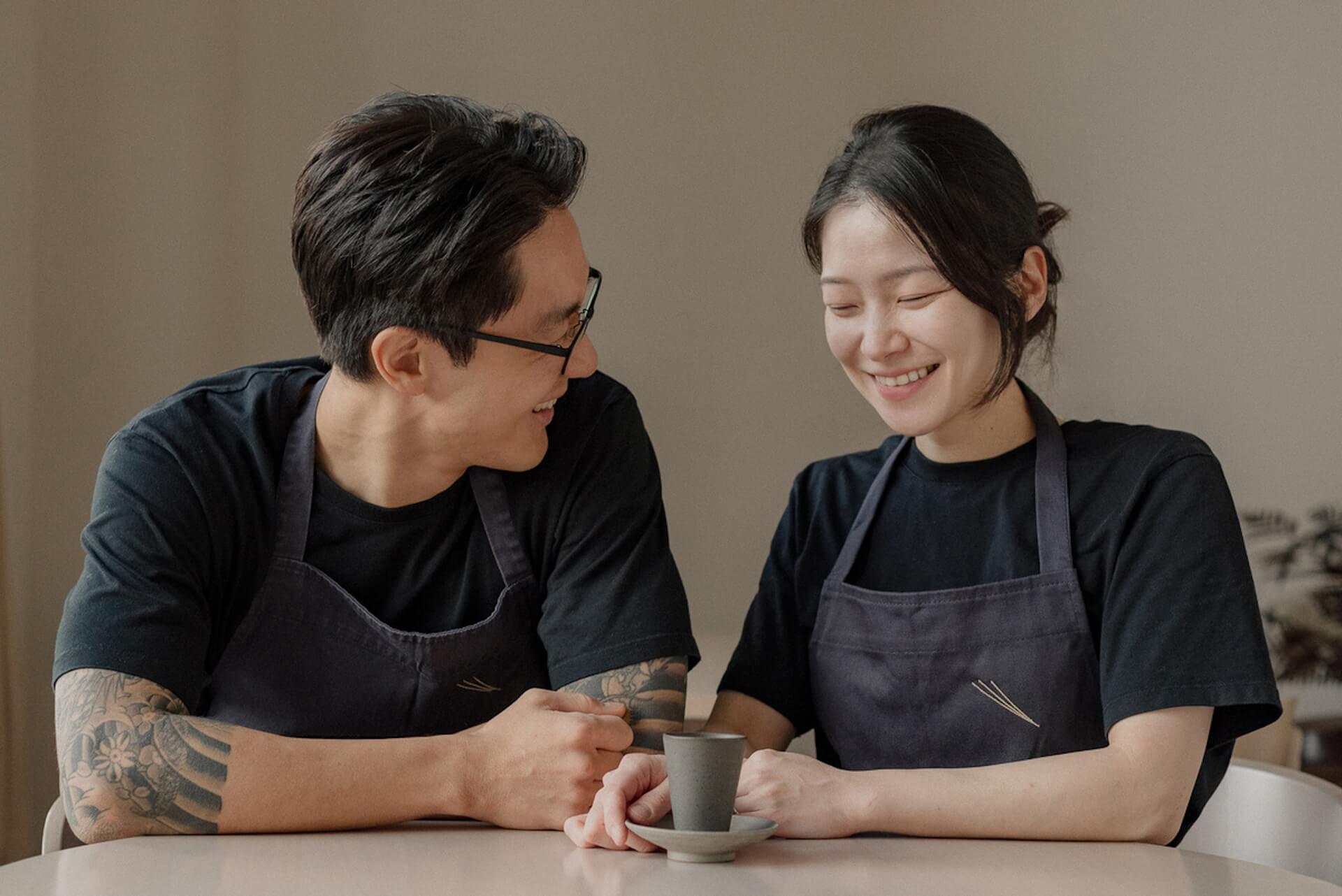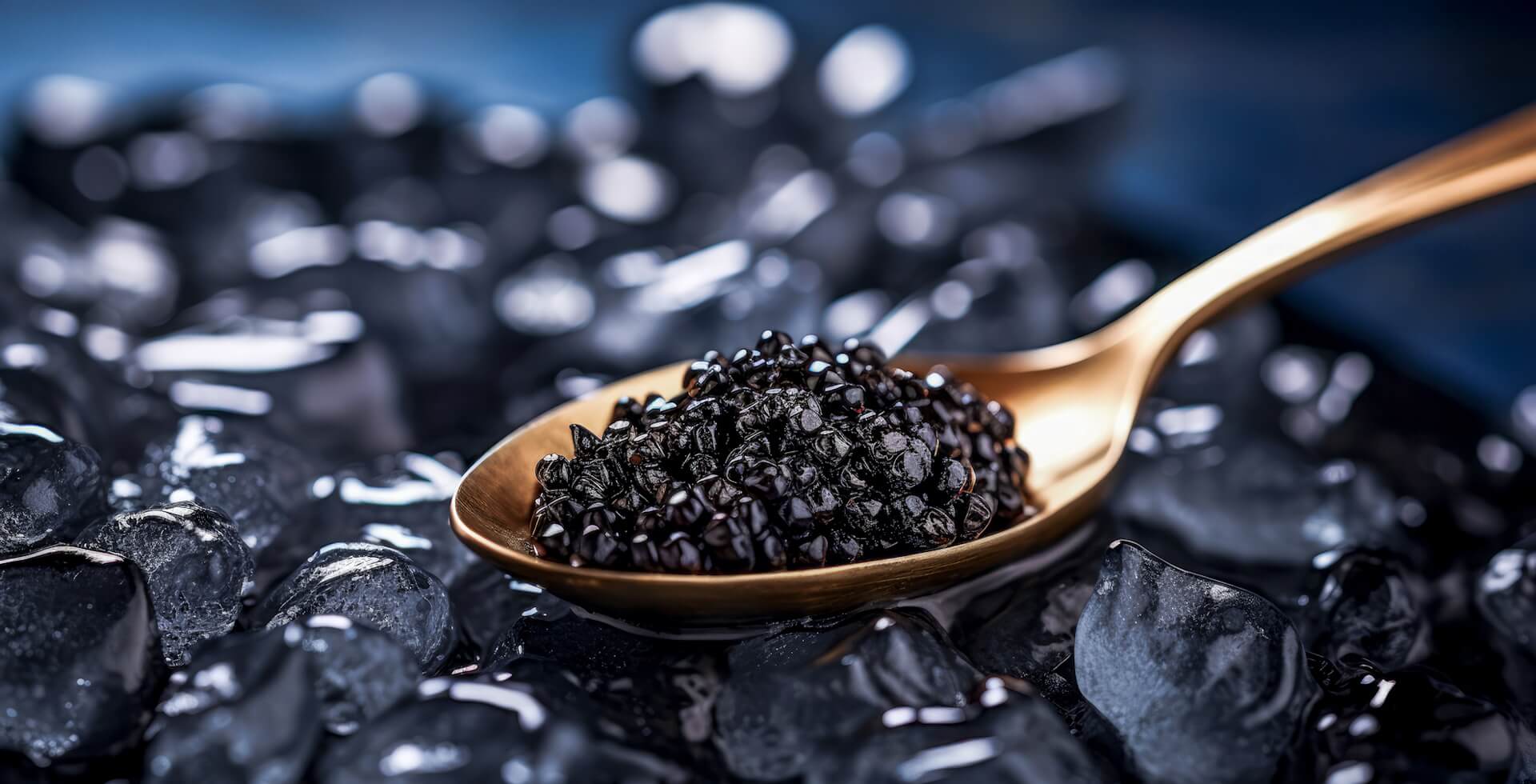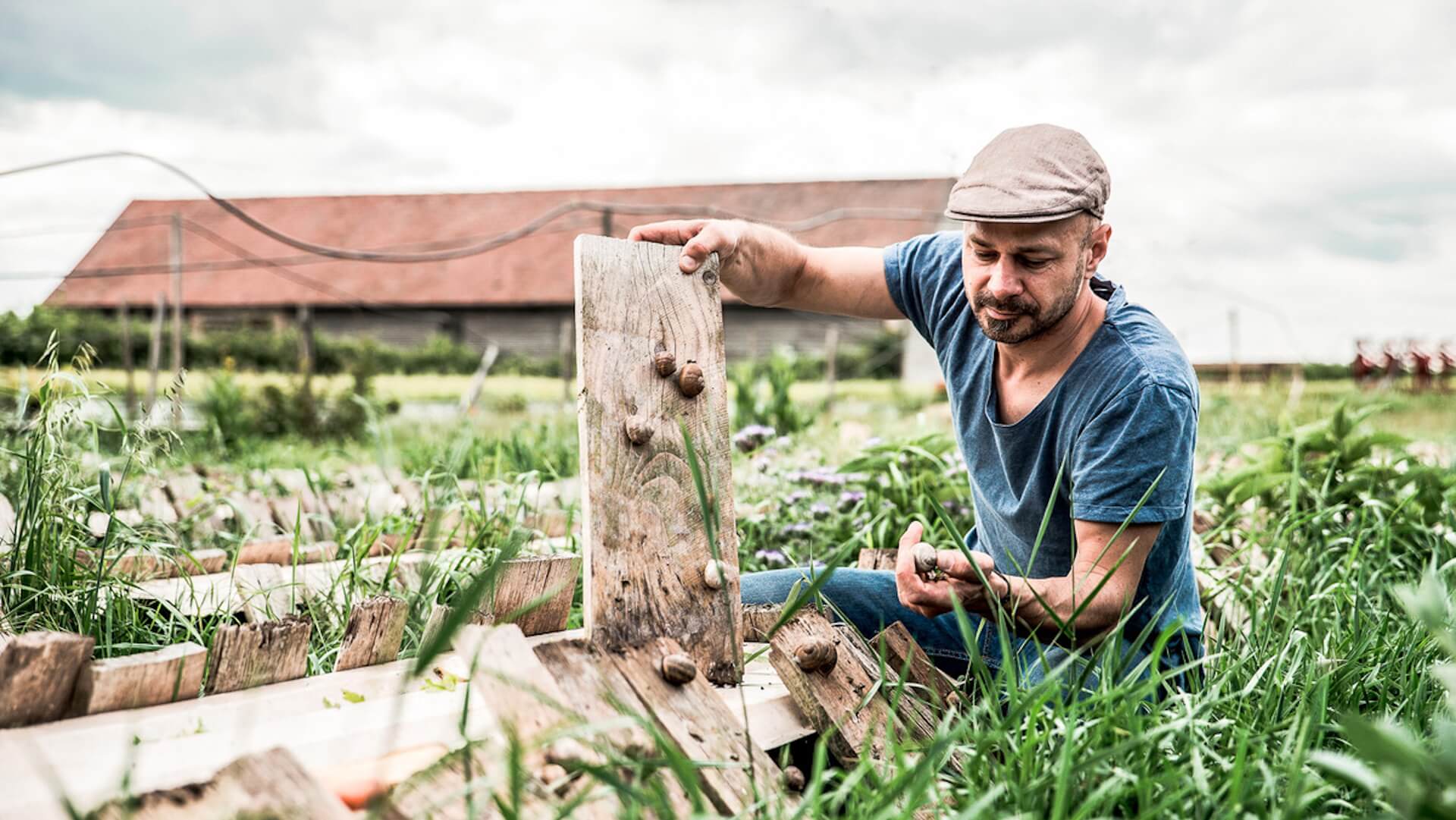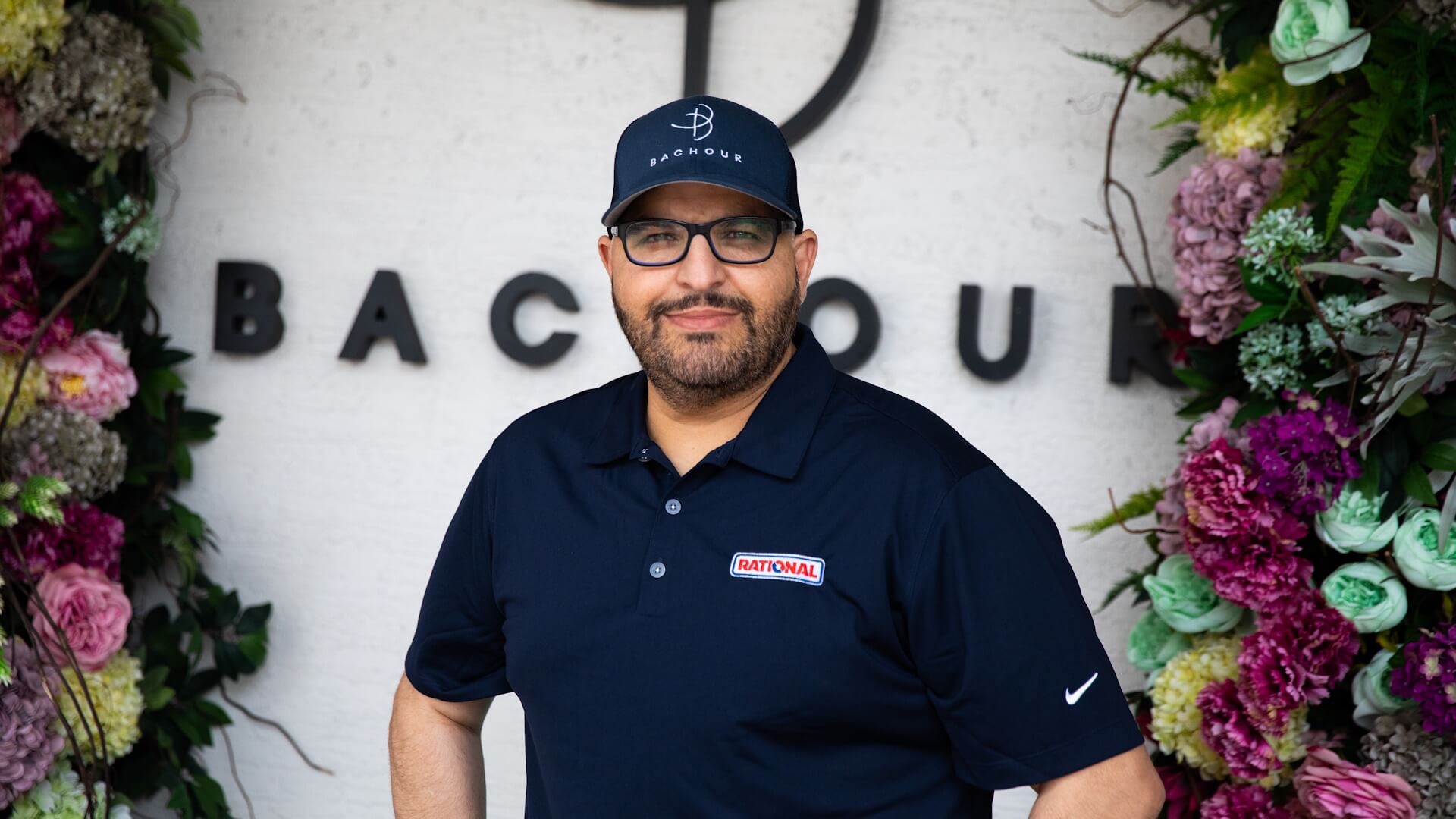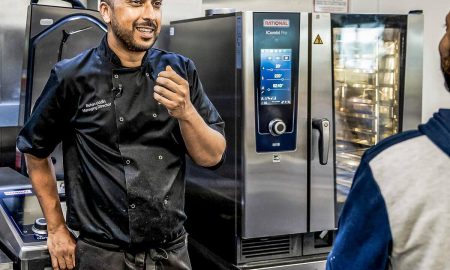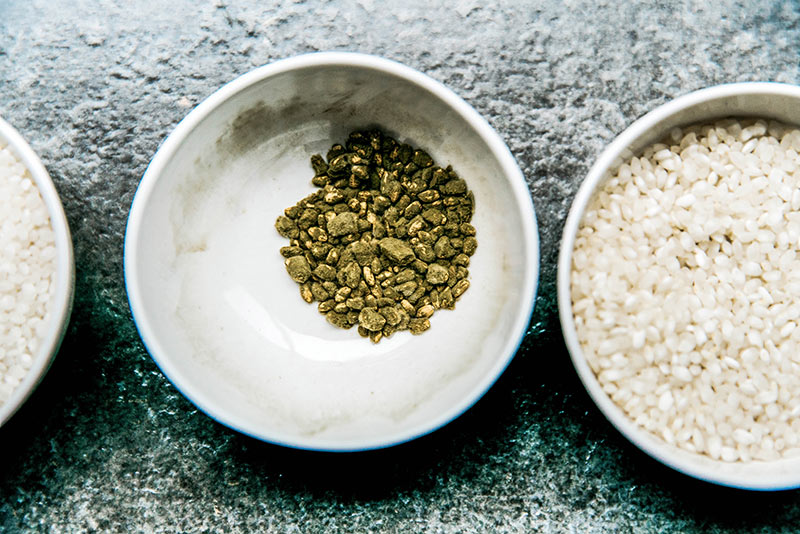
Image: godaddy
It’s well known you sometimes get acquainted with very interesting people at weddings. And thus it came to be in Japan, while one couple was agreeing to be life-long partners in the best case scenario, two of their guests were busy putting their heads together on initial approaches to a joint business idea in the pleasant delirium of celebratory alcohol consumption. Brian Polen and Brandon Doughan had only just met and had taken a tour of the traditional production methods of sake in a nearby small mountain village. Water, rice, yeast and koji – that’s really all that’s needed. If it was all so easy, then why wasn’t anyone doing it in New York? The two asked themselves and set about changing this situation in the following year. Today they own Brooklyn Kura, a sake bar and also the very first sake brewery in New York State, and the results have had even Japanese sommeliers enthusing about it.
True to the spirit of an authentic start-up culture, the concept developed in small, organic steps. The first thing was to overcome the distance; after all Doughan lived in Portland and Polen in Brooklyn. After emailing a number of business plans back and forth, Doughan finally moved to New York at the end of 2016 and the entrepreneurial duo started to experiment on refining their recipe in Bushwick. Doughan in particular, who had previously worked as a researcher in pharmaceutics and today is Brooklyn Kura’s head brewer, really came to grips with the technical aspects of the process by watching YouTube videos and filtering sake recipes through Google Translate. “I believe most people had pretty low expectations of two guys from the States who wanted to have a go at sake. Nevertheless, Japanese master brewers and the local sake community were sympathetic and supported us right from the start,” says CEO Polen describing the initial phase of Brooklyn Kura.
All around the tank
Sake needs to brew for around 20 to 40 days. First the rice is polished, washed and steamed before being sprinkled with koji mold spores. During this critical phase, the batch is then left to ferment for one or two days. Temperature and humidity need to be strictly regulated during this period. Doughan often sleeps in a sleeping bag above the production room so he can stir the rice every hour. Afterwards a portion of the koji rice is mixed in a relatively small tank with water, yeast and steamed rice to obtain a starter culture – called shobu – when the yeast starts to grow.
The finished batch is then, in turn, transferred to a larger tank and again mixed with koji rice, steamed rice and water a total of three times. This is when it really kicks off in the tank, because the actual fermentation process starts at this point in time. For more than 20 days, the koji mold converts the starch in the rice to glucose, which the yeast then uses to produce alcohol and carbon dioxide. These two processes take place at the same time during sake production and in the same tank – a unique characteristic of the Japanese rice wine.
After the process has been concluded, the storm of activity passes and what is left is a milky liquid. This is then filtered, pasteurized and potentially matured.
Don’t imitate, innovate
“It was never our goal to imitate the Japanese product. It was much more about creating a unique US American variation that in no way attempted to mess with the 1000-year-old Japanese tradition,” Polen made it clear relatively early on in the discussion. That’s why you can search in vain for golden waving cats, red lanterns or geisha parasols in the shop and the tap room next to it that the pair were able to rent after a period of time. The spaces are light, open and modern in classic hipster-concrete chic. The tap room is regularly used as an event location with renowned chefs even serving multi-course menus with the corresponding sake pairing.
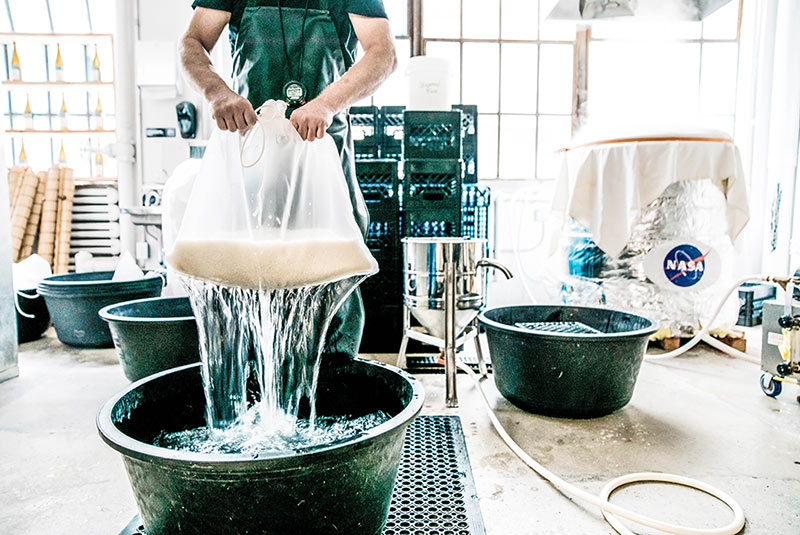
Image: godaddy
The sake is also not served in Japanese ceramics but instead in an ice-cold wine glass. “A lot of people anyway only know sake as warm and served in the next-best Asian restaurant. It’s often the case here that the warmth is masking an inferior quality,” explained Polen. To carry on the theme of innovation, Polen and Doughan serve a charcuterie board or cheese plate with the sake.
The production volume has risen sharply since its beginnings in 2016. Brooklyn Kura produces approximately 15,000 liters or 300 to 500 boxes of sake every month. From the New York Times to Vogue, the press are beating a path to the door of the two entrepreneurs.
And they are not the only ones – the Japanese public is also impressed. The brand is also served at the tables of high-end Japanese restaurants in New York. “If you respect the process of sake production and show that you are prepared to listen and learn, then you are well accepted even by the best producers,” said Polen. “Above all we have also been honest right from the very beginning and said that we were not trying to replicate the original.” That’s also the reason why the two entrepreneurs don’t perform the ritual sake practices of Japan or why they haven’t put up a shrine. According to Polen that would only feel like a sham. At the same time, the duo don’t set any limits to reinterpreting sake in their own individual way.
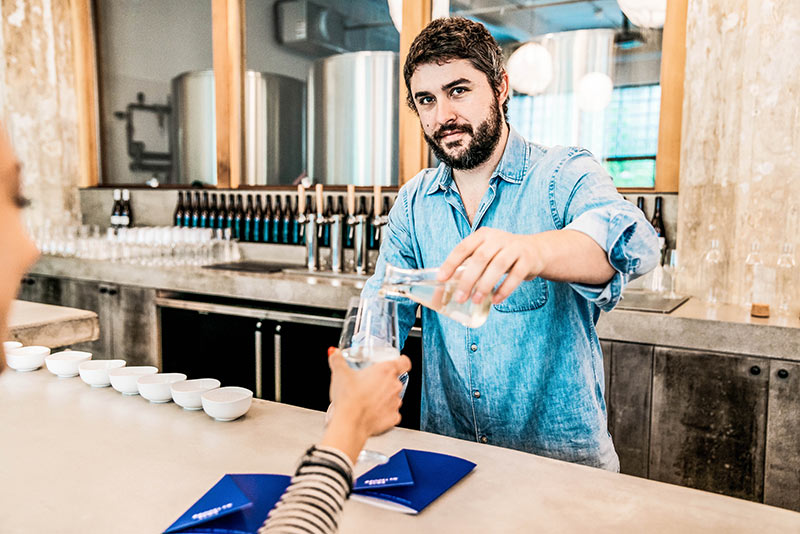
Image: godaddy
Dry sweetness
Polen and Doughan are currently focusing on always supplying a consistent quality and then developing adaptations. Nevertheless, the company is growing step by step and now covers at least the greater area of New York City to New Jersey and Connecticut. “We also want to take away people’s reservations when it comes to sake and make it more accessible. Whether it’s with steak or fish, sake can actually be drunk with anything in the same way as a wine or a beer. Sake has a subtle taste, generally a light floral aroma and is as light as a white wine. At the same time, the sweetness of the beverage together with the relative dryness is often what makes the taste so complex. The description rice wine is therefore a bit misleading, the production process is actually more similar to beer. After all, sake is made from grains and not from fruit.
Seven different types of sake can be tasted in the Brooklyn Kura tap room, including #14, the bestseller of the house and the clearest and most classic on offer. Sake sommelier Chizuko Niikawa-Helton from the Sake International Association is impressed by the range of products: “Brooklyn Kura brews such a fine delicate sake that my very first thought was: Oh my god, this is proper sake from the USA!”


